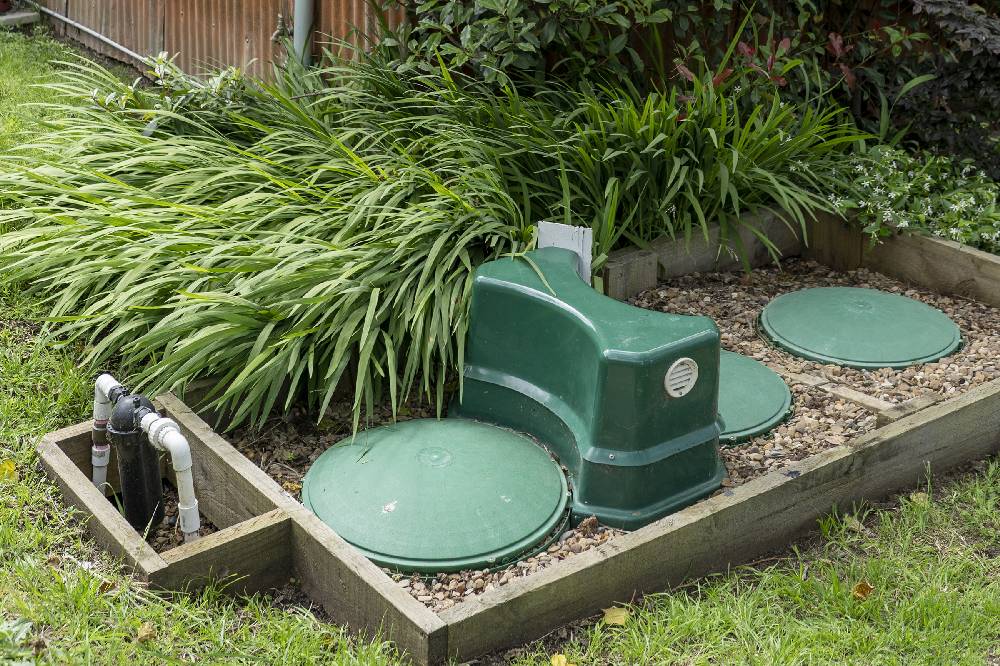
There is typically no access to centralised sewage in Australia’s countryside. Therefore, picking the correct septic structure becomes extremely important. Aerated septic systems are one of the more prominent choices. This popularity stems from their solutions being efficient and good for the environment.
Read on to learn what these systems are and how they operate. There are also some tips on choosing the best aerated septic system for your requirements.
Understanding Aerated Septic Systems
These solutions are modern wastewater handling setups that use oxygen to break down and treat sewage. They introduce air into the sewer water to promote the development of aerobic bacteria. These microorganisms are better able to decompose organic waste, creating cleaner effluent.
How Do Aerated Septic Systems Work?
Step 1: Pretreatment
Your home’s wastewater goes into the system through a specialised tank. Large, heavy solids there will settle down at the bottom and become sludge. Things like oils and grease, which float upwards, form a scum on top. This pre-treated water then moves to the next stage.
Step 2: Aeration
In the aeration chamber, a machine pumps air to provide oxygen to the wastewater. This environment is ideal for growing aerobic bacteria. The microorganisms digest and decompose organic matter quickly, making the quality of treatment significantly superior to systems without this feature.
Step 3: Settling
Following aeration, the treated water enters the settling chamber. Any particles still in the water settle at its bottom, and clear, treated water rises to the top. The settled solids can then return to the aeration tank for further decomposition.
Step 4: Discharge or Reuse
The final treated water is now ready for discharge. Depending on local rules and your system’s setup, letting the water go into the ground through a subsurface disposal field may be possible. Alternatively, certain systems are designed for additional treatment of this water for activities like irrigation, which do not require drinking quality standards.
Benefits of Aerated Septic Systems
- Improved Processing: Aerobic bacteria break down waste, which makes the resulting fluid less damaging to surroundings.
- Reduced Odours: The aeration process removes the anaerobic bacteria that produce bad smells.
- Less Space Needed: As aerated systems handle wastewater more effectively, they require a smaller disposal field than traditional systems.
- Longer Lifespan: Proper maintenance can prolong the life of an aerated system’s components due to the reduced workload and automation of the process.
How to Choose the Best Aerated Septic System
Choosing an aerated septic system can be a significant decision, requiring consideration of several factors:
- Size and Capacity: Ensure the system is appropriately sized for your household and anticipated wastewater volumes. Consulting with a professional is essential for properly calculating this.
- Quality and Reliability: Choose systems made by known manufacturers who use good materials and have a history of being dependable.
- Local Climate and Soil: Some systems might be more compatible with certain Australian climates and soil kinds, so make sure your selection suits local circumstances.
- Maintenance and Servicing: Look at the system’s maintenance needs and confirm that local providers for service are accessible.
- Warranty and Support: Consider the warranty and the provider’s customer service; this might help you avoid problems later.
- Compliance: The final part is ensuring the system satisfies every necessary Australian standard and local council rule for wastewater treatment.
Conclusion
Aerated septic systems significantly advance on-site wastewater treatment, offering greater efficiency and environmental protection. Choosing the best one is very important when upgrading or installing a new system. With proper selection, you can have confidence that your aerated septic system will handle your home’s wastewater responsibly and efficiently.
Interesting Related Article: “The beginner’s guide to maintain a septic tank“

